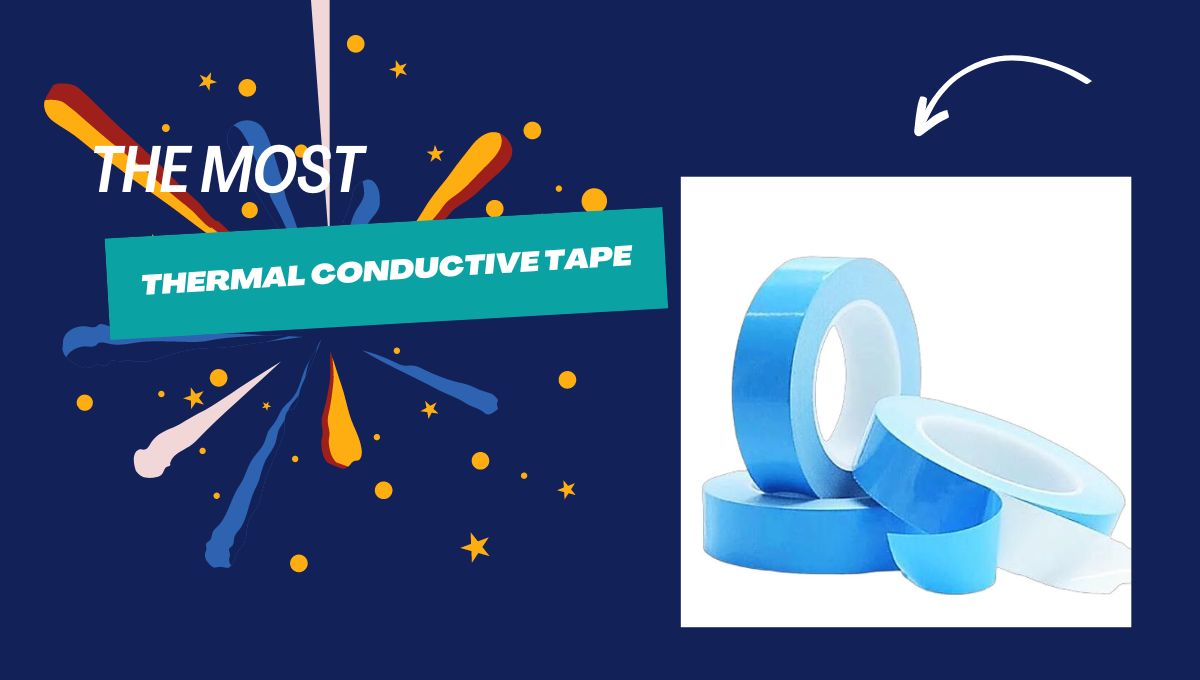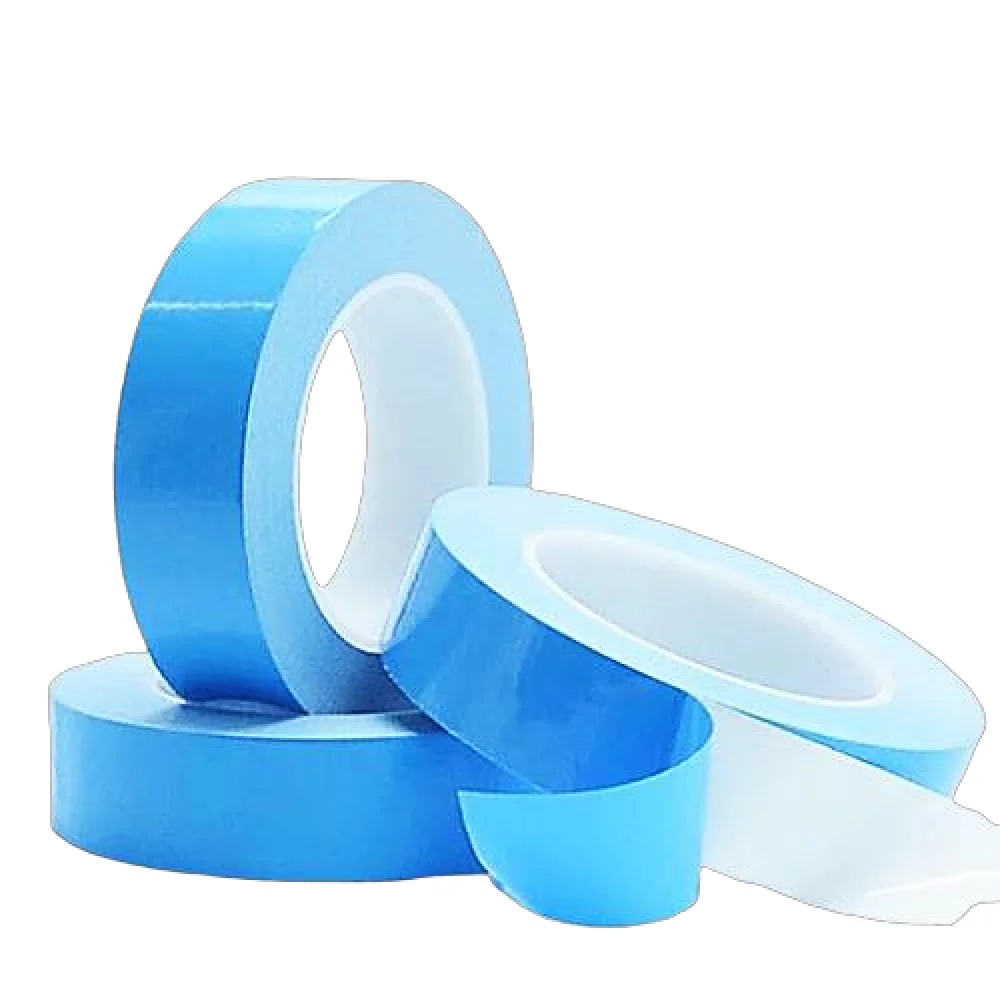Product User Guide/Manual :
1. Preparation:
Before beginning the application process, ensure that the surfaces you are bonding are clean, dry, and free of any contaminants such as dust, oil, or grease. You can use isopropyl alcohol or a similar solvent to clean the surfaces if necessary. Allow the surfaces to dry completely before proceeding.
2. Cutting the Tape:
Carefully measure and cut the thermal conductive tape to the desired length using scissors or a sharp utility knife. Ensure that the tape is slightly larger than the area you intend to bond to allow for any adjustments during application.
3. Application:
a. Peel Backing: Gently peel back a small portion of the release liner from one end of the tape, exposing the adhesive side.
b. Placement: Carefully place the exposed adhesive side of the tape onto one of the surfaces you wish to bond. Ensure that the tape is positioned accurately and aligned properly.
c. Pressing: Once the tape is in place, firmly press down on the entire surface of the tape to ensure good contact with the substrate. Use a roller or a flat object to apply even pressure, paying extra attention to the edges and corners.
d. Peel Remaining Liner: Slowly peel away the remaining release liner from the tape, pressing down on the tape as you go to ensure proper adhesion.
4. Bonding:
After the tape is applied, apply pressure to the bonded surfaces for a few minutes to enhance the bonding strength. This can be done using a roller or by firmly pressing down on the surfaces with your hands.
5. Cure Time:
Allow the bonded assembly to cure for the recommended time before subjecting it to any stress or load. The curing time may vary depending on environmental conditions and the specific properties of the tape. Refer to the product datasheet for guidance on curing times.
6. Testing:
Once the bond has fully cured, perform any necessary testing to ensure that the assembly meets your requirements for thermal conductivity and mechanical strength.
7. Safety Precautions:
Always follow proper safety procedures when handling adhesive materials.
Avoid contact with skin and eyes. In case of contact, rinse thoroughly with water and seek medical attention if irritation persists.
Use in a well-ventilated area to prevent inhalation of fumes.
8. Storage:
Store the thermal conductive tape in a cool, dry place away from direct sunlight and sources of heat. Keep the tape in its original packaging until ready for use to prevent contamination.
9. Additional Information:
For further assistance or technical support, please contact our customer service team. Provide them with the product information and any specific details about your application to receive personalized assistance.


